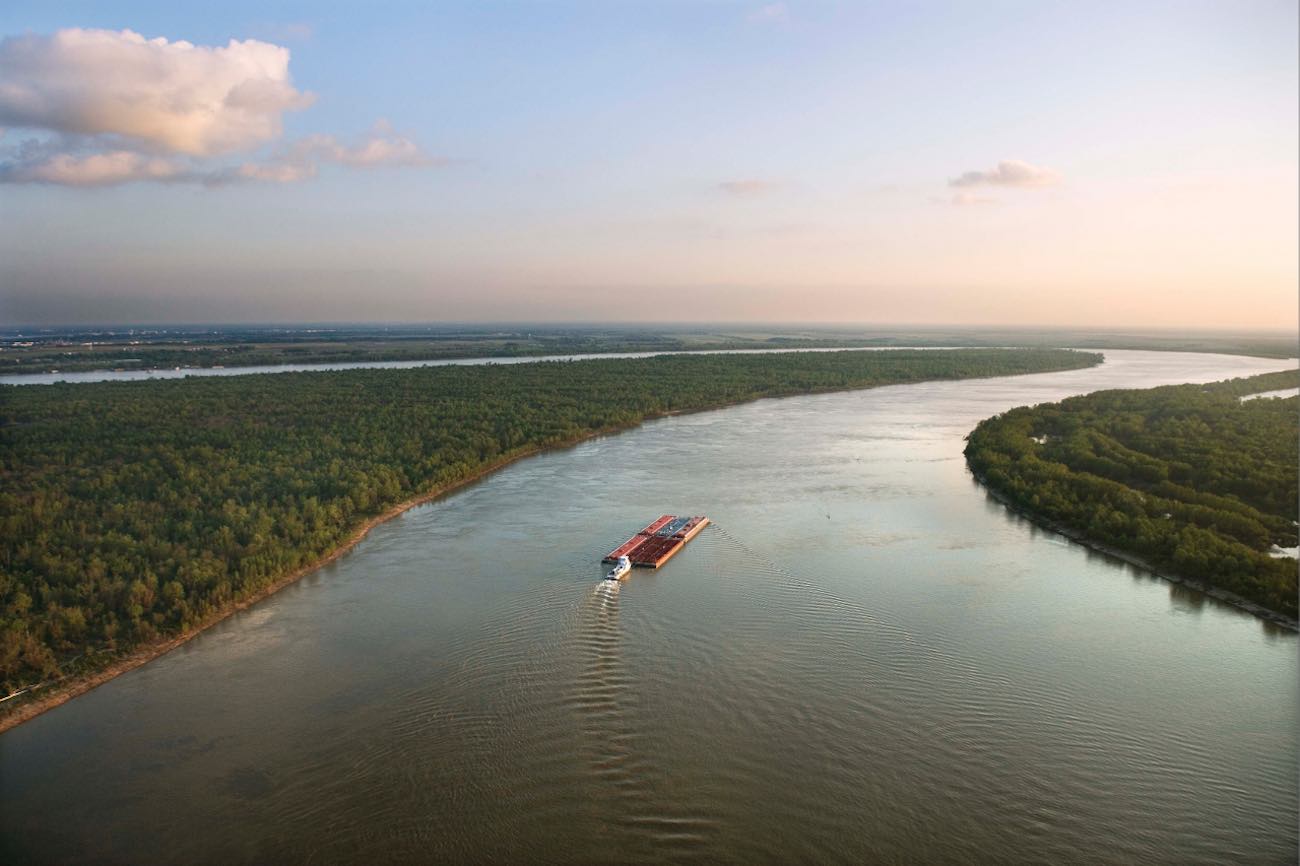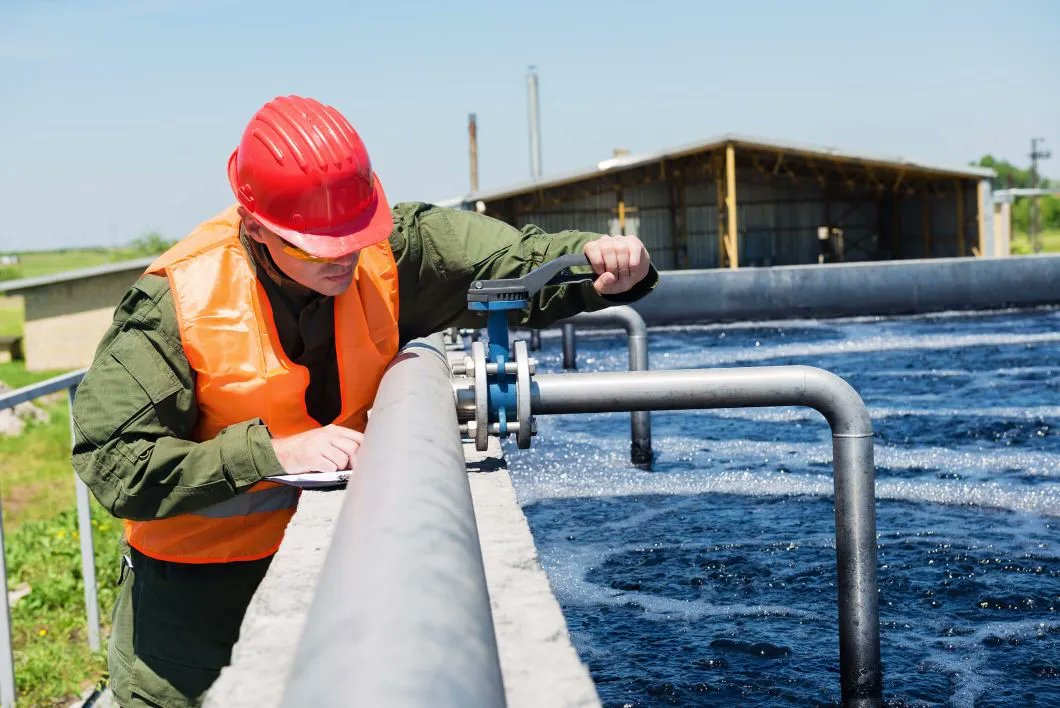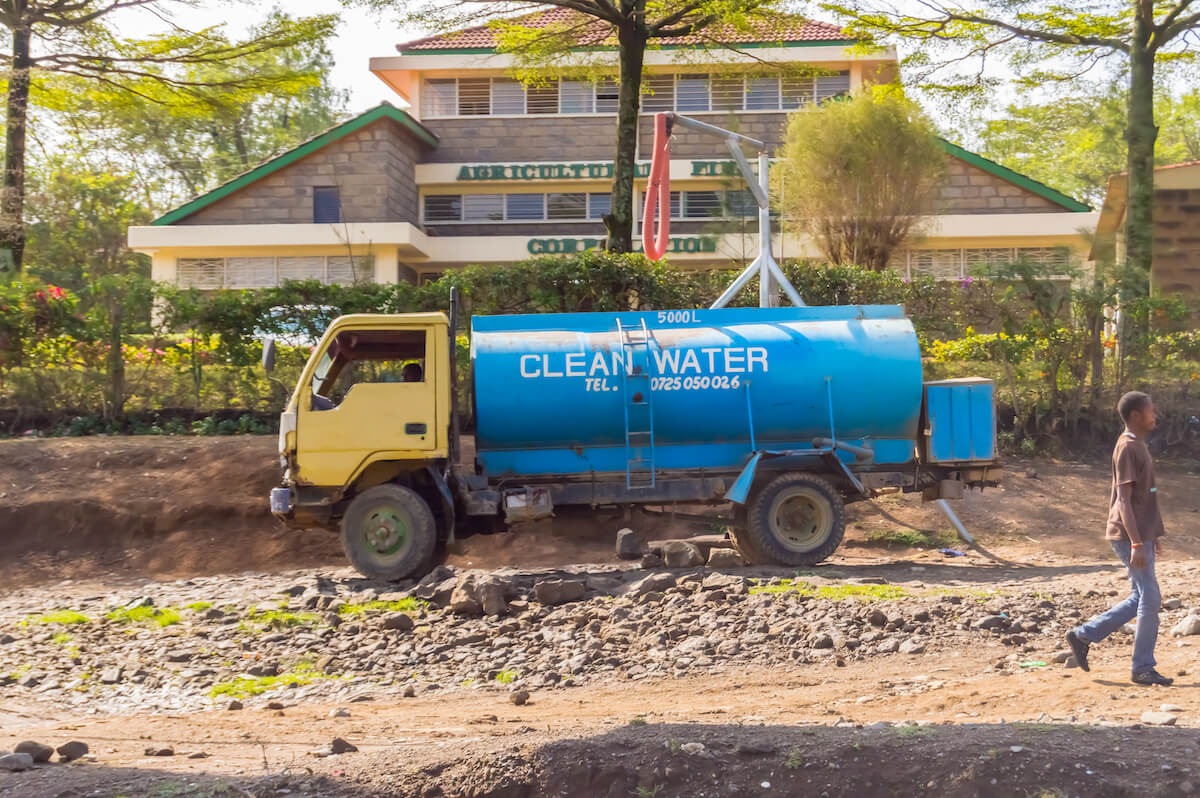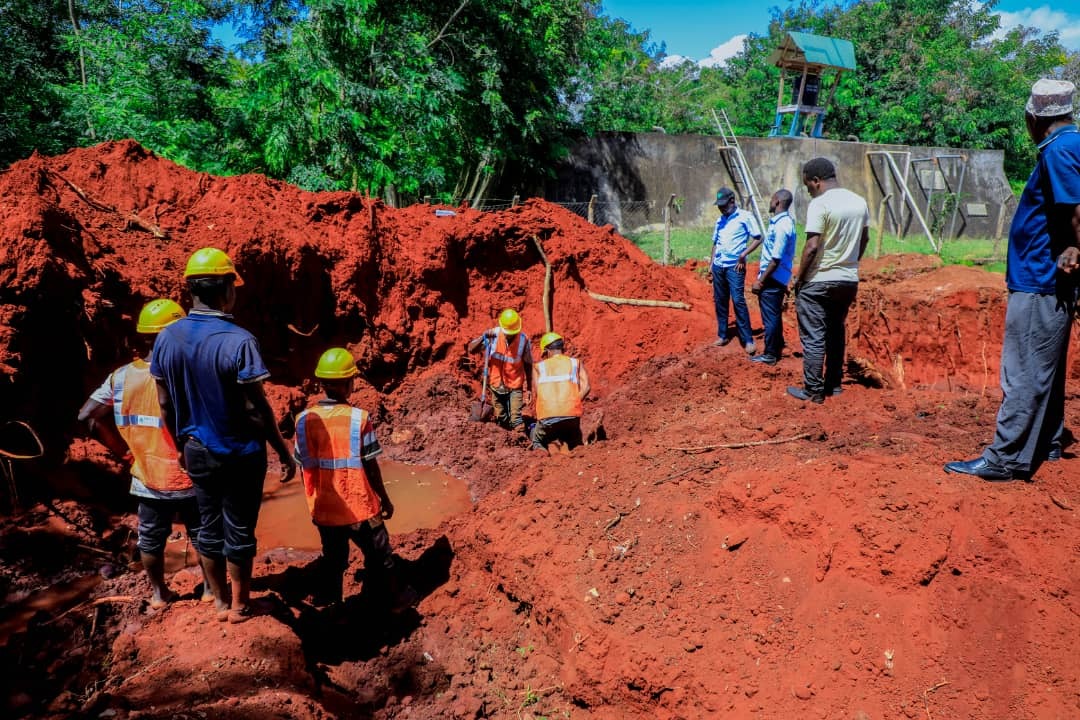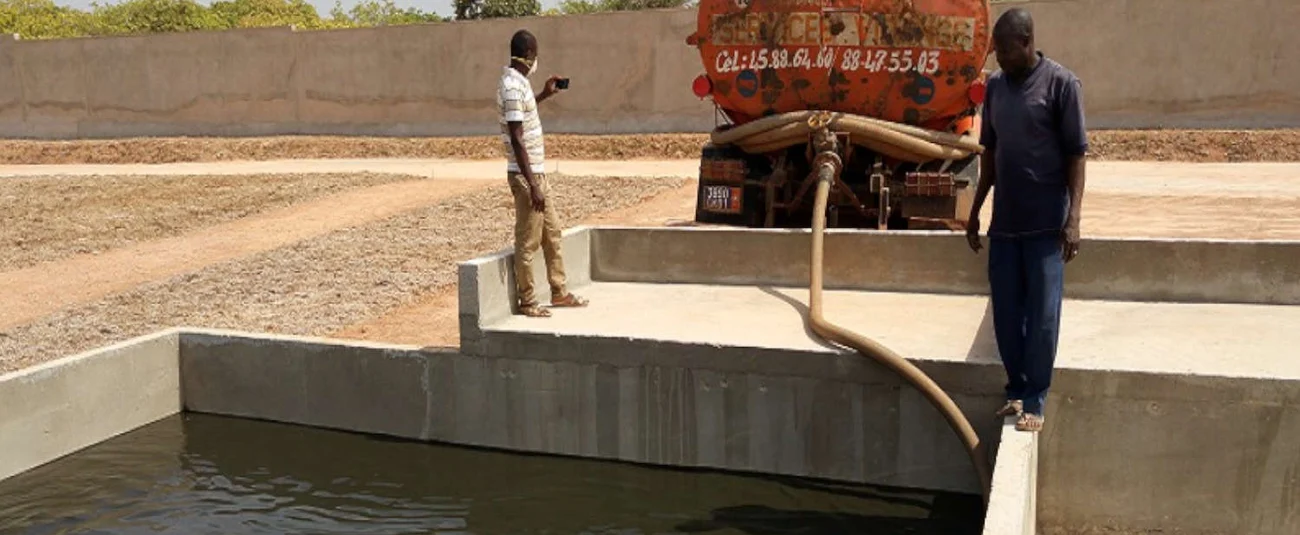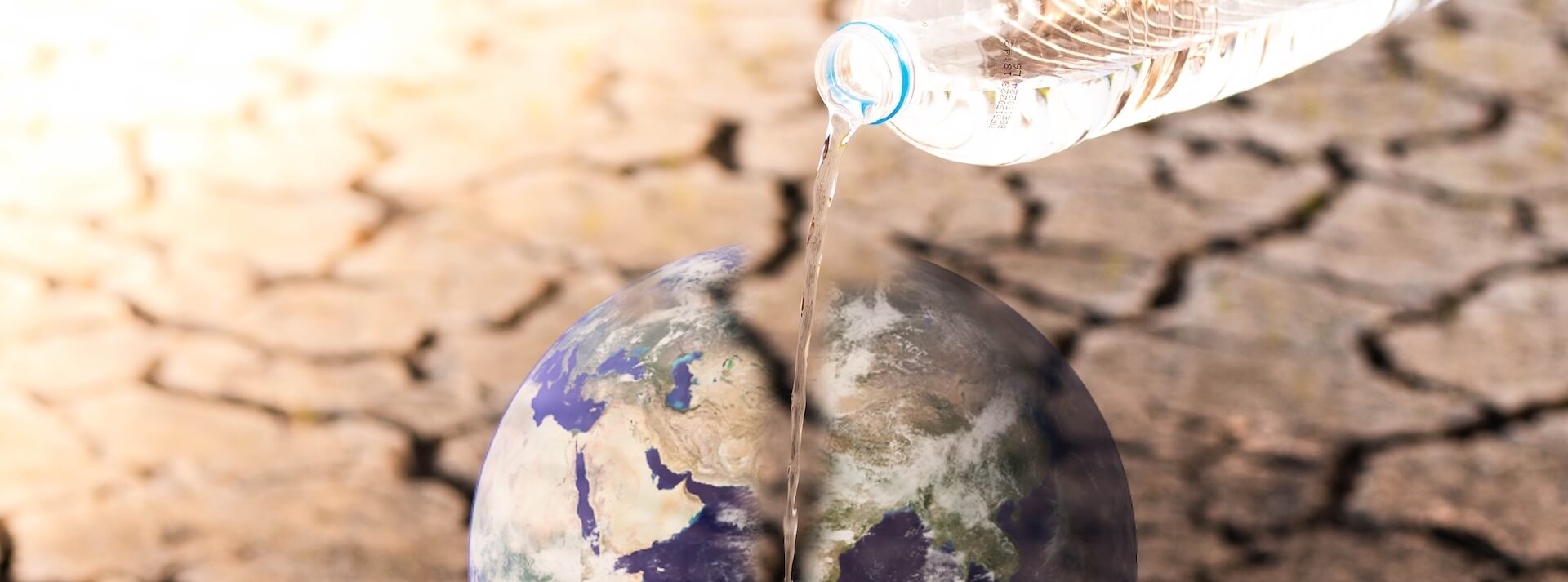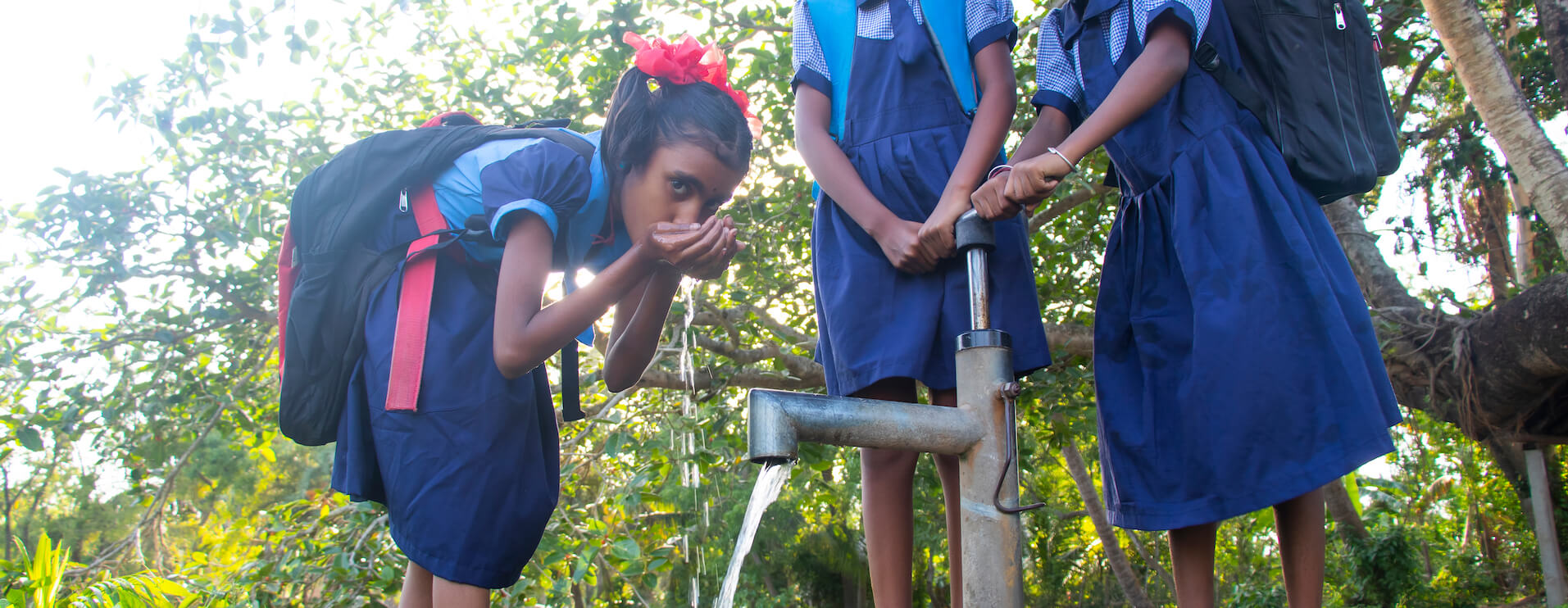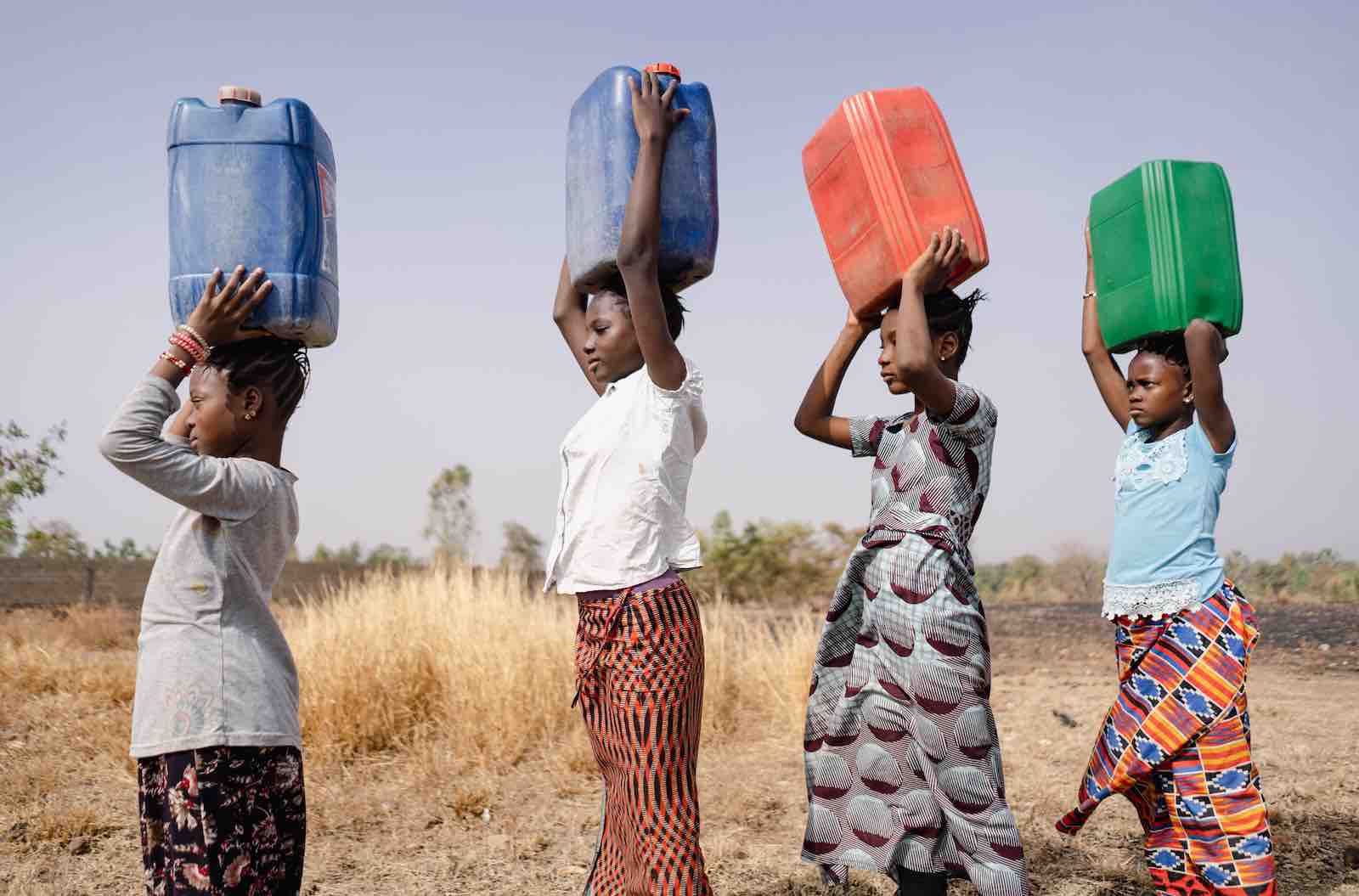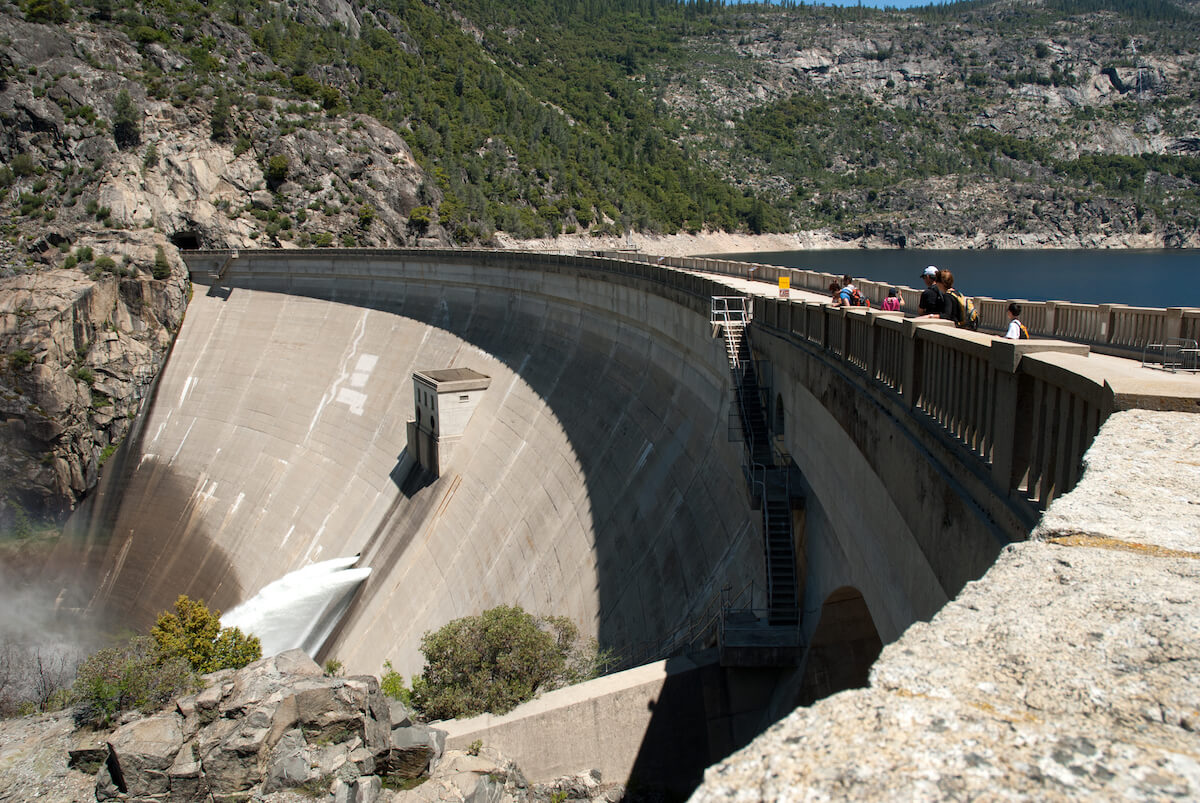ImpactAlpha, Oct. 11 – Water — too little, too much or too dirty — isn’t simply emerging as a climate consideration. It’s forcing its way into the conversation.
Water professionals say it’s high time.
“This is water’s moment,” Radhika Fox, the Environmental Protection Agency’s assistant administrator for water, declared at a “rethinking water” event at last month’s Climate Week NYC.
Fox was previewing EPA’s announcement of $500 million for technical assistance to help disadvantaged communities invest in their drinking water, wastewater, and stormwater services. “Water is a thread through the discussions of climate in a way it wasn’t a few years ago,” Fox said.
As if on cue, a mass of saltwater migrated up the shrunken Mississippi River and may reach New Orleans-area drinking water reserves within weeks. Officials announced plans to mitigate the risk, by shipping in tens of millions of gallons of freshwater daily for the foreseeable future to reduce the salt in the water to safe levels.
And just days after that, a state of emergency was declared in New York City as a powerful rainstorm caused flash flooding, shutting down highways, schools, one airport, and the entire regional transit system. Some parts of the city received more than eight inches of rain in a matter of hours.
More than two million Americans currently live without access to running water or a working toilet, according to the nonprofit Dig Deep, which has developed working water systems for communities in the Navajo Nation, Appalachia, and along the Texas-Mexico border, among others. The “water gap” — and other water-related challenges across the country — will only be exacerbated by a changing climate, says Dig Deep’s Julie Waechter.
Failing water infrastructure causes $7.7 billion in health care costs, according to President Biden’s Critical Infrastructure Advisory Committee, which called for a national water strategy and a cabinet-level stewardship role.
“This moment is unique, I believe, in history, because there’s a lot of changes ecologically in terms of climate, in terms of our interaction with water,” said Waechter. “We are at a pivotal moment where we have to decide as a nation how we’re going to manage our water.”
Collaborative projects
In many small rural communities, climate resilience is a pipe dream. Even in areas where functional water infrastructure connects to residents’ homes, systems may be old, in poor condition, and in many cases managed by a handful of non-professional staff. Just keeping the taps running is hard enough.
“Sustainability is not going to happen if we rely on volunteers,” Morales-Pate said in an interview. said Olga Morales-Pate, CEO of the Rural Community Assistance Partnership (RCAP), a national nonprofit network that provides support to such areas.
RCAP offers training, financial management and technical assistance for the managers of small community water systems. One example: RCAP helped Lodge Grass, a small town within the Crow Indian Reservation in Montana, obtain grants for water system renovations and assisted with operations and maintenance while the renovations were underway. RCAP also helped system administrators complete overdue financial reporting and develop an emergency response plan.
There are roughly 150,000 public water systems in the United States, meaning, as Morales-Pate points out, few economies of scale for many of them. RCAP, which relies on federal grants and philanthropic support, seeks to coordinate regional collaborations where communities can pool their resources.
“Regionalization has not been historically funded because you cannot measure it,” she says. “The current funding systems we have at the federal level and state level are more about the tangible impact: how many miles, how many gallons. How do you measure building capacity or retaining staff?”
As with so many things related to the climate crisis, more vulnerable Americans feel the impact more acutely. Black and Latinx households are twice as likely as white ones to lack indoor plumbing, while Native American households are 19 times as likely, Dig Deep data show. In 2022, the median household income of communities served by RCAP was just $40,434.
Absorptive capacity
The Biden administration has prioritized equity issues in its approach to infrastructure, including in climate efforts. The president’s Justice40 initiative aims to ensure that 40% of the overall benefits of certain federal investments “flow to disadvantaged communities that are marginalized, underserved, and overburdened by pollution.”
At the EPA, that includes $50 billion over five years earmarked for drinking and waste water infrastructure allocated under the bipartisan infrastructure bill.
Morales-Pate worries that many communities are not prepared to compete for and deploy federal funding. Initiatives including the Milken Institute’s 10,000 Communities and philanthropic coalitions such as Invest in Our Future and Build US are looking to help rural, tribal and disadvantaged communities navigate the flood of federal funding.
“Building the capacity to take advantage of the opportunity doesn’t happen overnight,” she said. “There is a concern for me, personally, that we’ll get to the end of this historical funding opportunity and our communities won’t be any better off because they’re not in a place to compete.”
Some federal support may be in jeopardy. The Clean Water and Drinking Water State Revolving Funds, often used to issue municipal bonds for water infrastructure, are being targeted for cuts by some lawmakers who oppose the work of the EPA, the newspaper Bond Buyer reported last month.
Water is an all-hands-on-deck issue, Waechter told ImpactAlpha. It falls to the federal government to make sure all citizens have access to such a basic human right, not to mention being the only party with deep enough pockets for many of the kinds of investments needed.
“There’s a huge role for private investors to act as catalysts,” Waechter said. “Private investors are great at identifying innovations. We need innovation, we need catalysts, but we also need pressure.”
“We all need to be a voice saying, ‘This is a priority for us.’”

